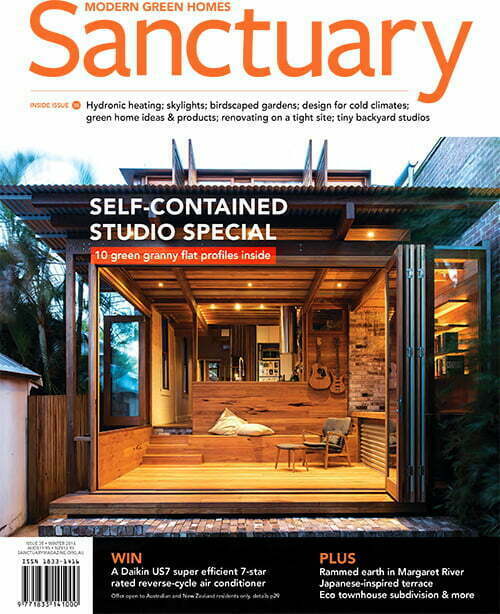More affordable and more sustainable?
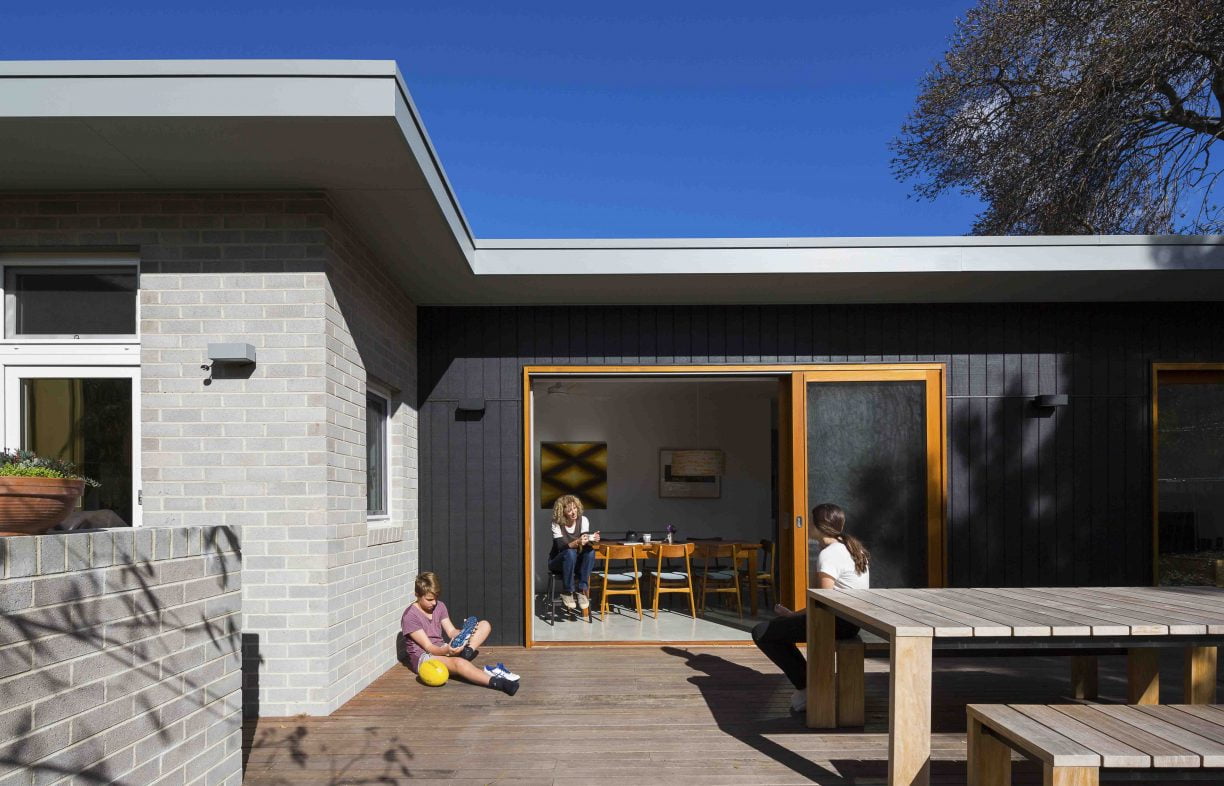
The latest research shows that green homes can improve housing affordability over the life of a building with little or no additional upfront costs – so why does sustainable design not rate in the affordability debate?
Housing affordability has been the topic du jour in the Australian media and politics of late. Yet while discussion has focused on negative gearing and the inhibitive upfront costs of home ownership, broader conceptions of affordability remain in the background. The role of sustainable design in creating more affordable homes and communities has barely been mentioned.
However, there are many in the housing industry calling for broader conceptions of affordability. In 2009, the Australian Institute of Architects released an affordable housing policy that supported the Victorian Council of Social Service’s suggestion that what we need is ‘affordable living’, not just ‘affordable housing’. Affordable living takes into account the indirect costs of living such as accessing employment areas, expenditure on utilities, the costs of adaptable housing and sustainable design.
Several years later, upfront costs continue to frame affordability debates. The fact that discussion and debate all too often pitches affordability against sustainability frustrates Dr Trivess Moore, research fellow at RMIT University’s Centre for Urban Research. His research into the through-life costs of building 6 and 8 Star homes validates what sustainable designers have said for years: the higher upfront capital investment required to build a home with passive design at its core does pay off. “My modelling, and work by others, is showing that when you consider through-life affordability, any additional upfront costs [of sustainable design] should pay themselves back pretty quickly if you have good, clever design and suitable technologies,” Moore says.
This is a sentiment reiterated by building designer Luke Middleton of Eme Design. Designing homes more efficiently and flexibly with smaller building footprints is central to making housing more affordable. For Middleton, using space more efficiently is a key element often overlooked. It is partly about changing client expectations of how much space they really need, he says. Research into greenhouse gas emissions supports the impact of house size in achieving environmental sustainability – smaller houses and stringent building codes significantly reduce CO emissions from new buildings.
Another element of the sustainability and affordability debate is housing type. No longer is the quarter acre block with a detached or semi-detached dwelling necessarily the dream. Apartments are increasingly seen as a more affordable option for those who want to live within relative proximity to the CBDs of major cities. Across Australia, about 80,000 apartments are expected to be built in 2016, with Melbourne, Sydney and Brisbane leading the construction charge. Yet, as apartment blocks rise from the dust of inner urban infill sites, the quality of the housing proposed and currently under construction is under review.
The Nightingale Model (designer-led, multi-residential housing) is one development approach with a stated aim of delivering better quality, sustainable and more affordable homes for Melbourne residents. At a planning committee hearing earlier this year, architect Jeremy McLeod of Breathe Architecture pitched his case for why the Nightingale I project should be built as designed. “Affordability, how do we do that and how do we bring that to the residents of Moreland?” Smarter and more sustainable design, minimal car parking, 17kW of solar power, solar hot water and capped returns for investors were important parts of his answer.
However, apartment living is not considered a viable option for everyone. Based on feedback from potential purchasers, Six Degrees has incorporated three-bedroom apartments into their Nightingale II development. They are not affordable in the traditional sense but they are more affordable, says Six Degrees director James Legge. The experience of residents at Nightingale’s little sister supports this. McLeod explains the biggest utility cost The Commons residents have is their internet use.
Meeting the challenge of Australia’s housing affordability crisis is no small task. The housing experts, designers and providers who are working towards solutions know that good design, including environmentally sustainable design, is central, not opposed to the affordability agenda. The challenge is that custom designed buildings are often more expensive than off-the-shelf solutions. Yet sustainable design doesn’t have to cost more. Dr Moore and his colleagues asked housing industry professionals in Victoria, South Australia and New South Wales about the costs and benefits of well-designed homes. Their responses were telling: while it might cost between zero and five per cent more to build an apartment with improved thermal performance, passive solar orientation and visual amenity, the value of these aspects, which are not typically incorporated into cost-benefit analyses, was perceived as completely worthwhile.
For Moore, Middleton and others, sustainability and affordability aren’t mutually exclusive goals. It’s not about adding extra, but thinking more carefully about the design of homes, designing in flexibility and incorporating technologies that can offset the rising costs of energy, water and other services.
“Sustainability has got a bad rap in terms of cost because of ill-considered designs,” Middleton says, adding that transparency about embodied and operating energy is important. “We need more good precedents out there to say, this is the hero and this is the reason why.”
Keep your costs down without compromising on design
Jenny Edwards, a Director and Scientist at Light House Architecture & Science, tests houses to help people tailor their renovation or retrofit budgets for maximum benefit. Here, she provides some tips to keep your costs down without compromising on good design.
- Affordability and sustainability fit together perfectly! Through excellent design – use of natural light, connection to outdoors, smart integrated storage – a small footprint home can feel as big as, and function better than, homes with much larger floor areas.
- To make a new home more sustainable:
- The quality of the building envelope is vital. Insulate and draught seal. Do both of these things, as one without the other just doesn’t make sense.
- Minimise your floor area through excellent design with no dead spaces – maximise space efficiency and functionality.
- Think hard about how you want to live, what functions you want your home to be able to perform and design to achieve this brief without excess. The smaller the footprint the lower the upfront costs and embodied energy. The smaller the footprint the lower the running costs.
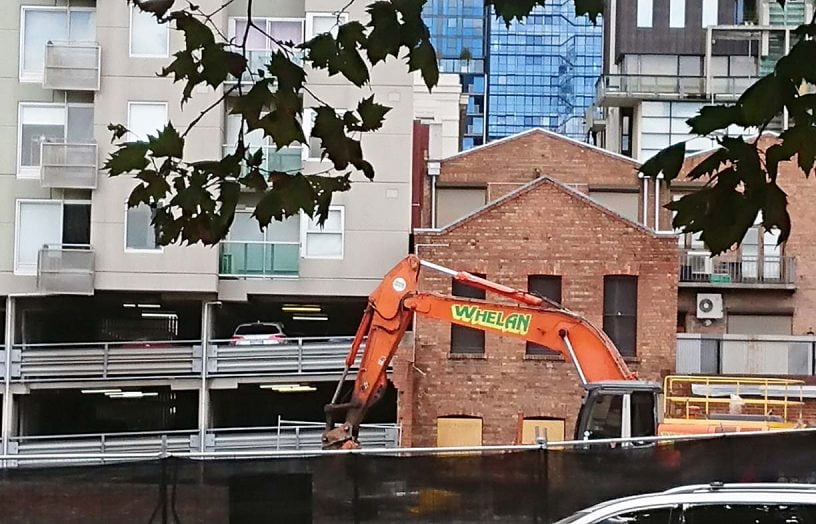 In focus
In focus
Inside the war on construction waste
Deconstructing buildings to salvage materials is less common than demolition for landfill – but could this be about to change?
Read more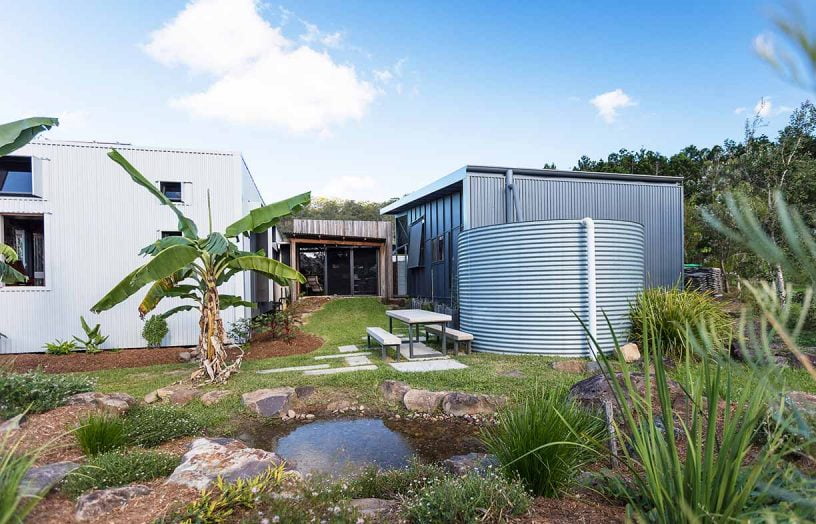 In focus
In focus
Lessons learnt
Five years ago we featured a house in the Currumbin Ecovillage on the Gold Coast that was designed using three pavilions to accommodate two households in a co-housing arrangement. How is their experiment evolving? We revisit to find out.
Read more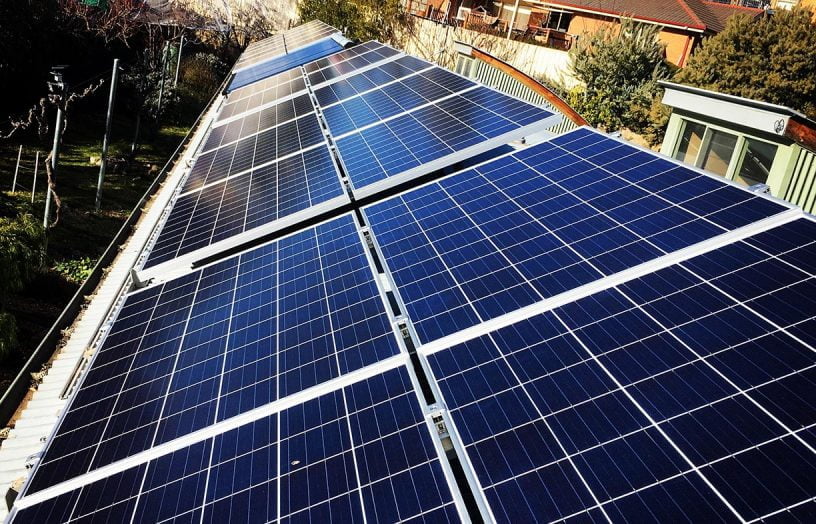 In focus
In focus
Get the most from your solar PV for summer cooling
Cooling your house using your rooftop solar system requires a bit of thought and planning, but when you get it right, the savings can be well worth it.
Read more

